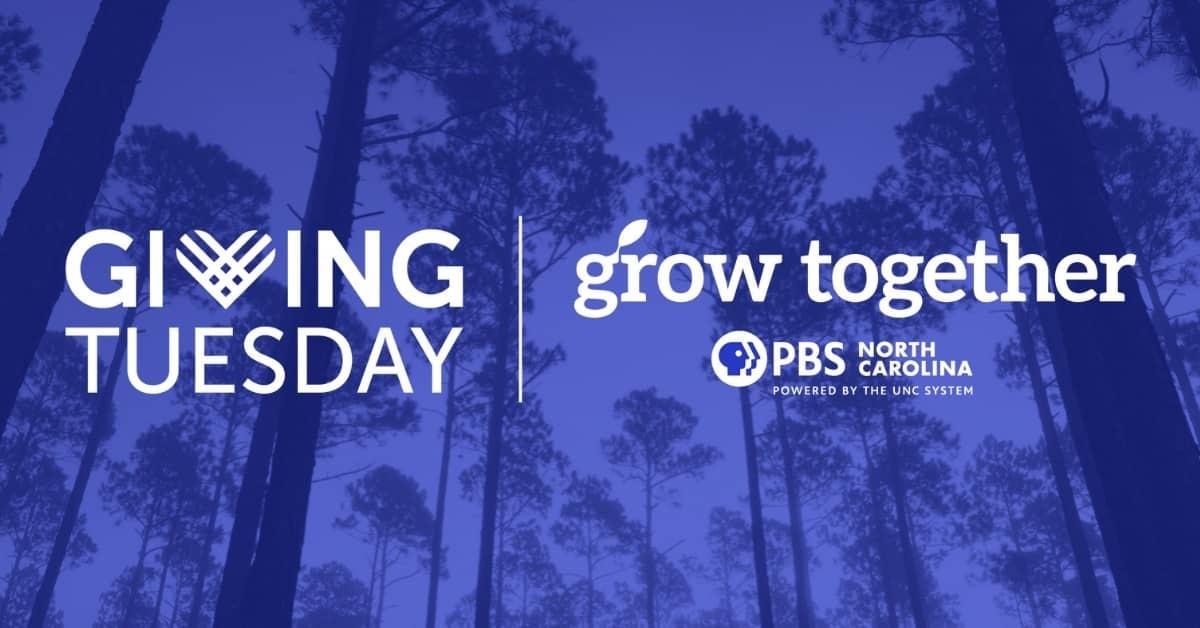
Effects of Light
If you’ve ever headed for the shade to cool down on a bright hot day, you’ve already seen absorbed light energy becomes heat energy.
Aligned to 6.P.3.2.
With North Carolina science educators specifically in mind, PBS North Carolina is proud to present a robust collection of free Open Educational Resources. Our resources are aligned directly to North Carolina Essential Standards science objectives for grades 4-8, and are appropriate for high school students as well.
Explore these award-winning resources below and on PBS LearningMedia.
Explore this complete curricular unit of blended lessons on mechanical, sound and light waves that combine hands-on-project 5E plans with interactive digital resources. Discover more from Understanding Waves.

If you’ve ever headed for the shade to cool down on a bright hot day, you’ve already seen absorbed light energy becomes heat energy.
Aligned to 6.P.3.2.
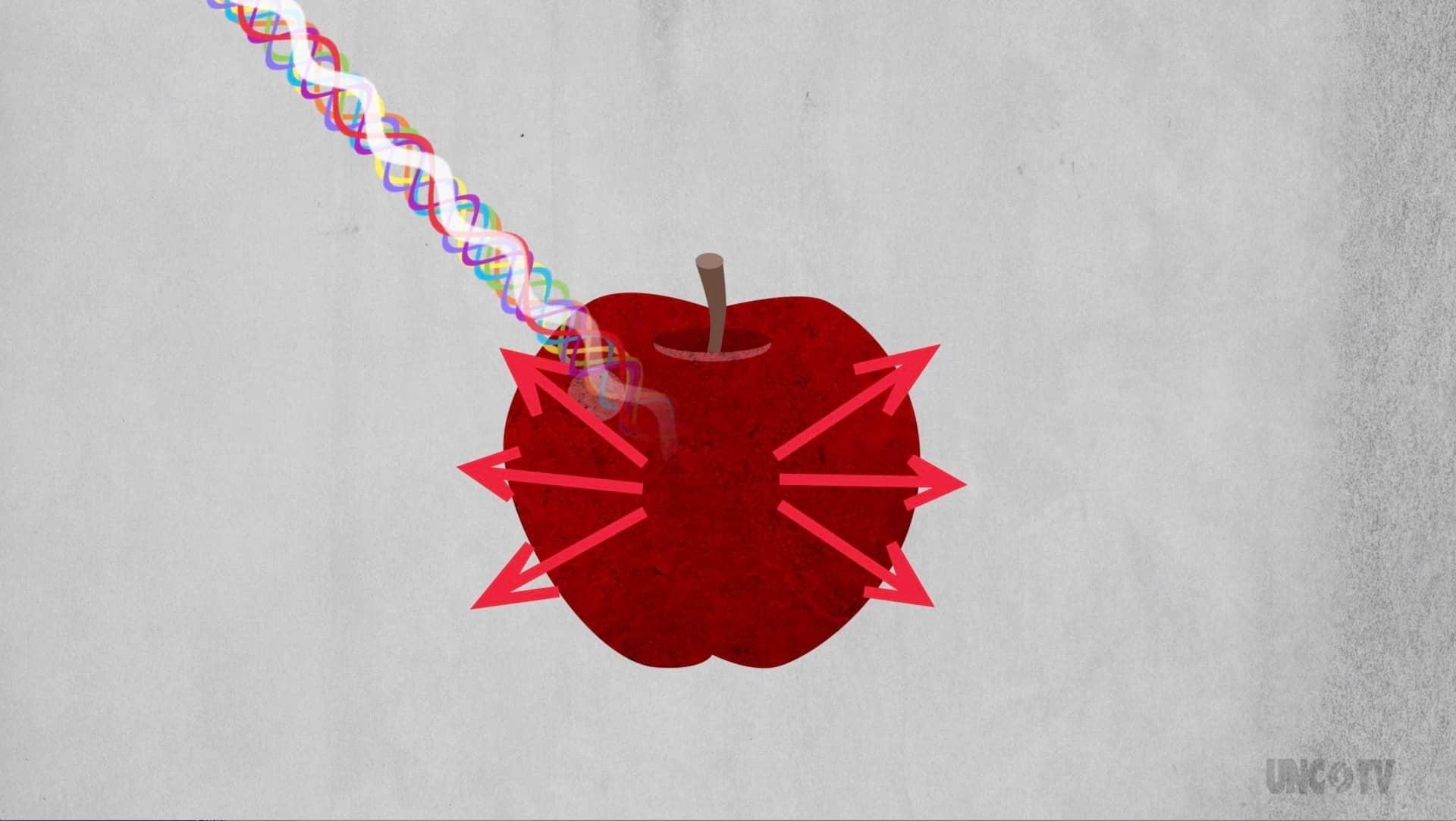
Learn the different ways in which visible light might behave when it interacts with an object.
Aligned to 6.P.3.2.
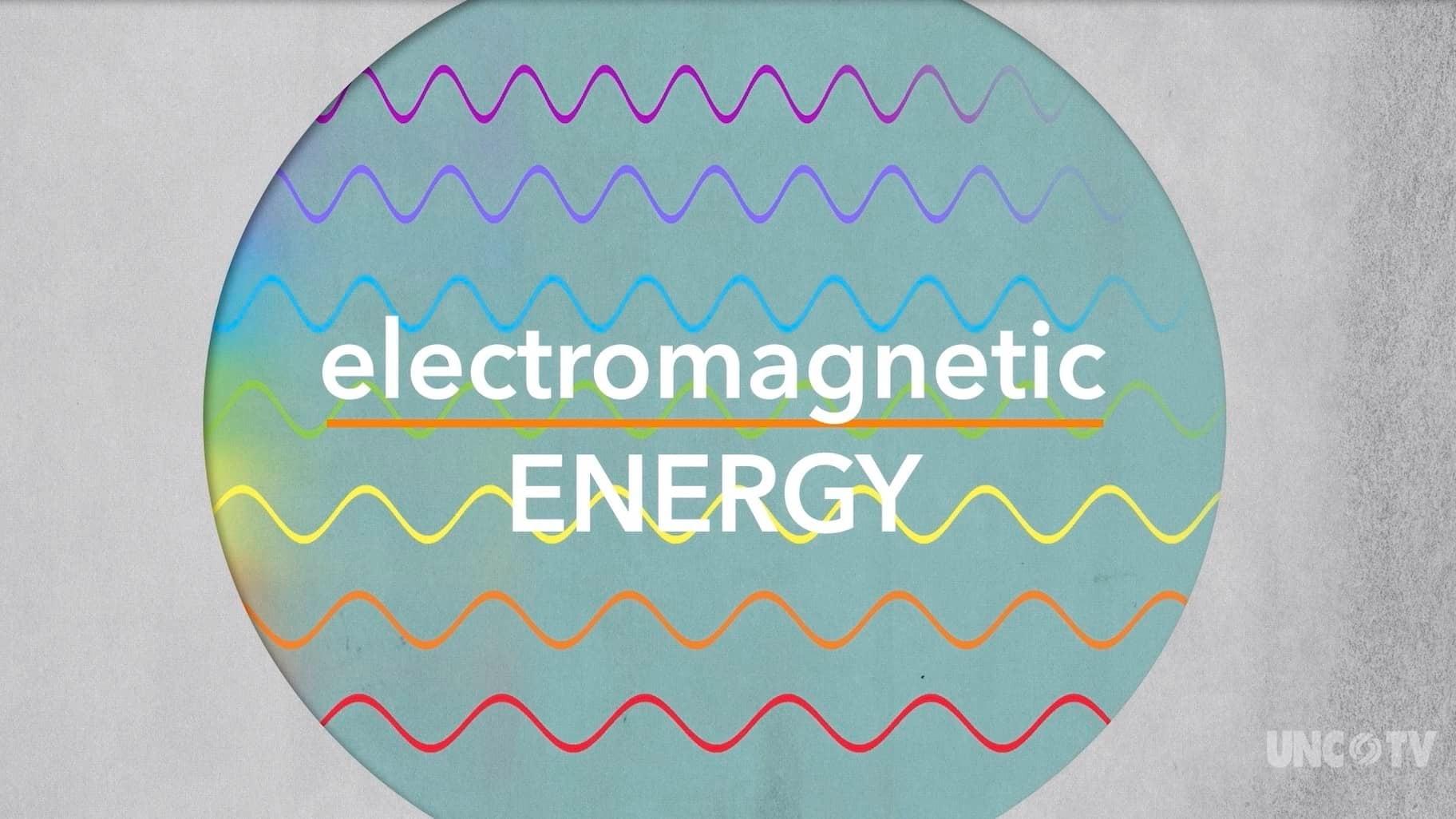
If you’ve ever headed for the shade to cool down on a bright hot day, you’ve already seen absorbed light energy becomes heat energy.
Aligned to 6.P.3.2.
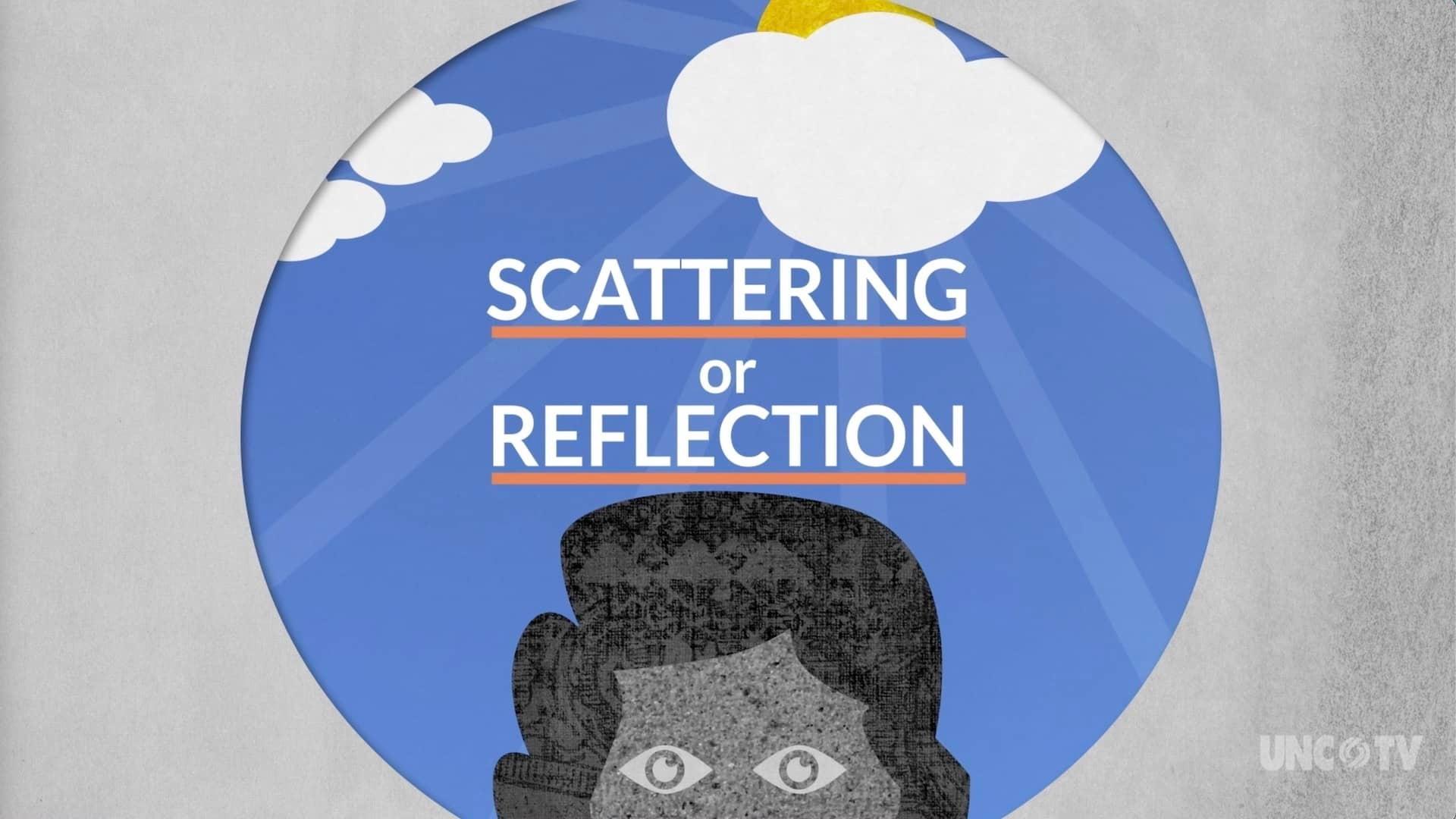
Have you ever wondered why the sky is blue but sunsets can be pink and orange? The answer is a special type of reflection called scattering.
Aligned to 6.P.3.2
The human genome serves as an instruction manual for life, with its own distinct letters, alphabet, sentences and chapters. Learn about the genome, nucleotides, DNA and genes with this interactive lesson.
Aligned to 7.L.2.2 (partial).
For full alignment, explore More Alike Than Different: An Interactive Introduction to Genetics.

Relate Isaac Newton’s three laws of motion to baseball and apply learnings about these laws to another sport or other real-life situation.
Aligned to 7.P.1.2.
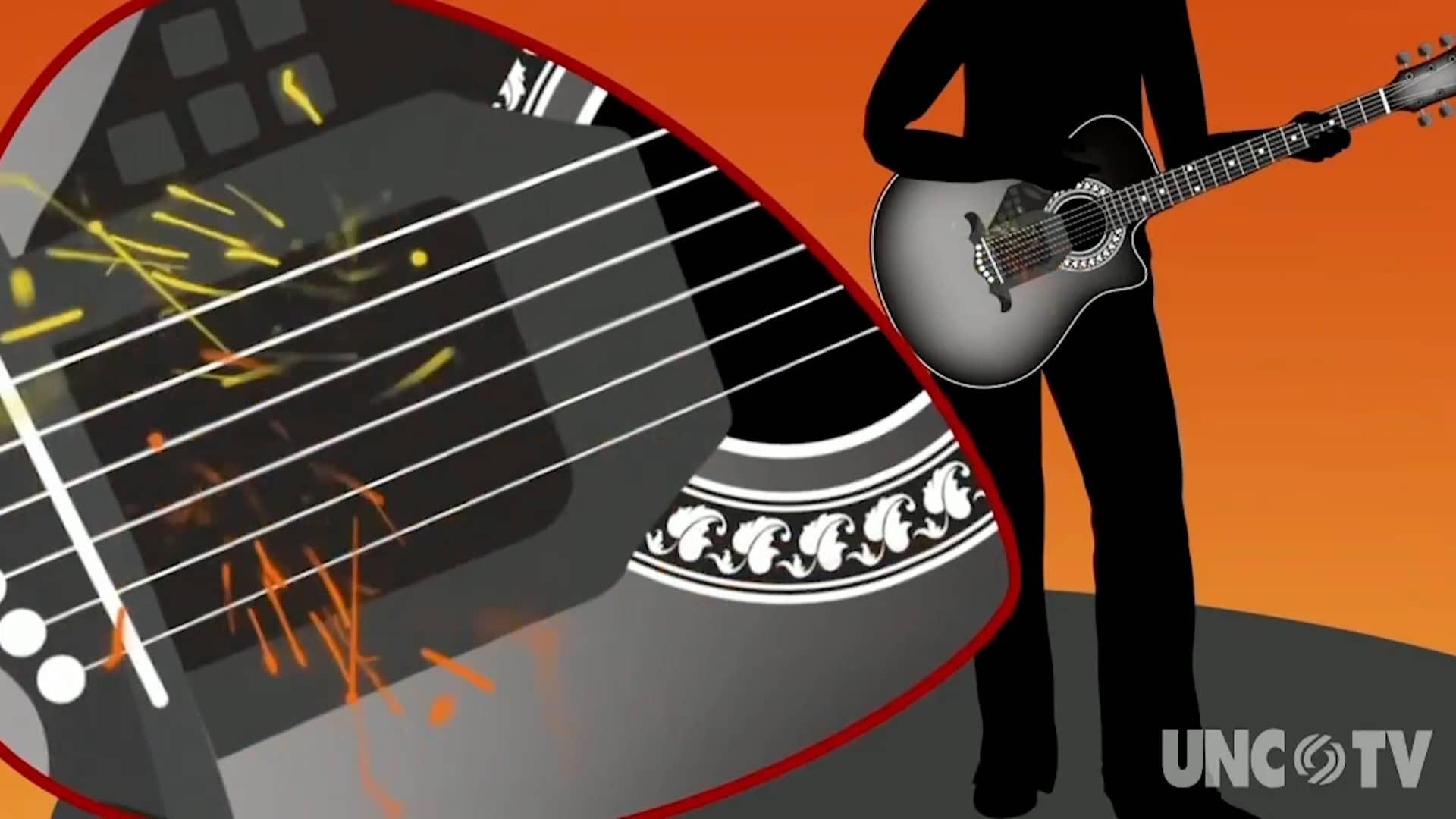
Learn about sound waves, which move vibrations from one place to another through liquids, gases and solids, with this interactive lesson.
Aligned to 6.P.1.1, 6.P.1.3.
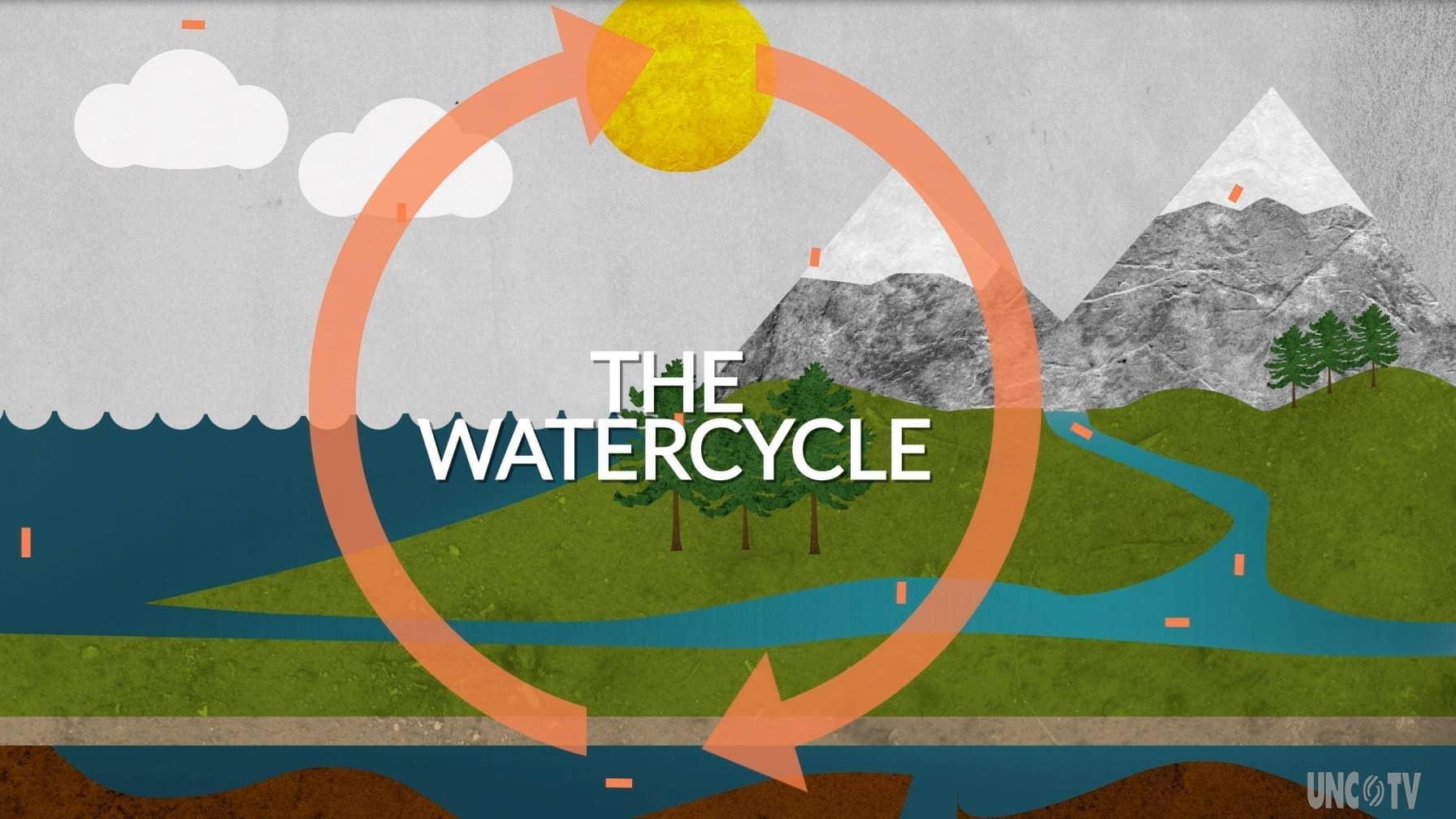
Learn about the four phases of the water cycle, the ways in which watersheds are crucial to healthy water, and the best ways to manage local watersheds with this interactive lesson.
Aligned to 4.L.1.1, 5.P.2.1.

Learn about the segment of the electromagnetic spectrum visible to the human eye.
Aligned to 6.P.1.1.
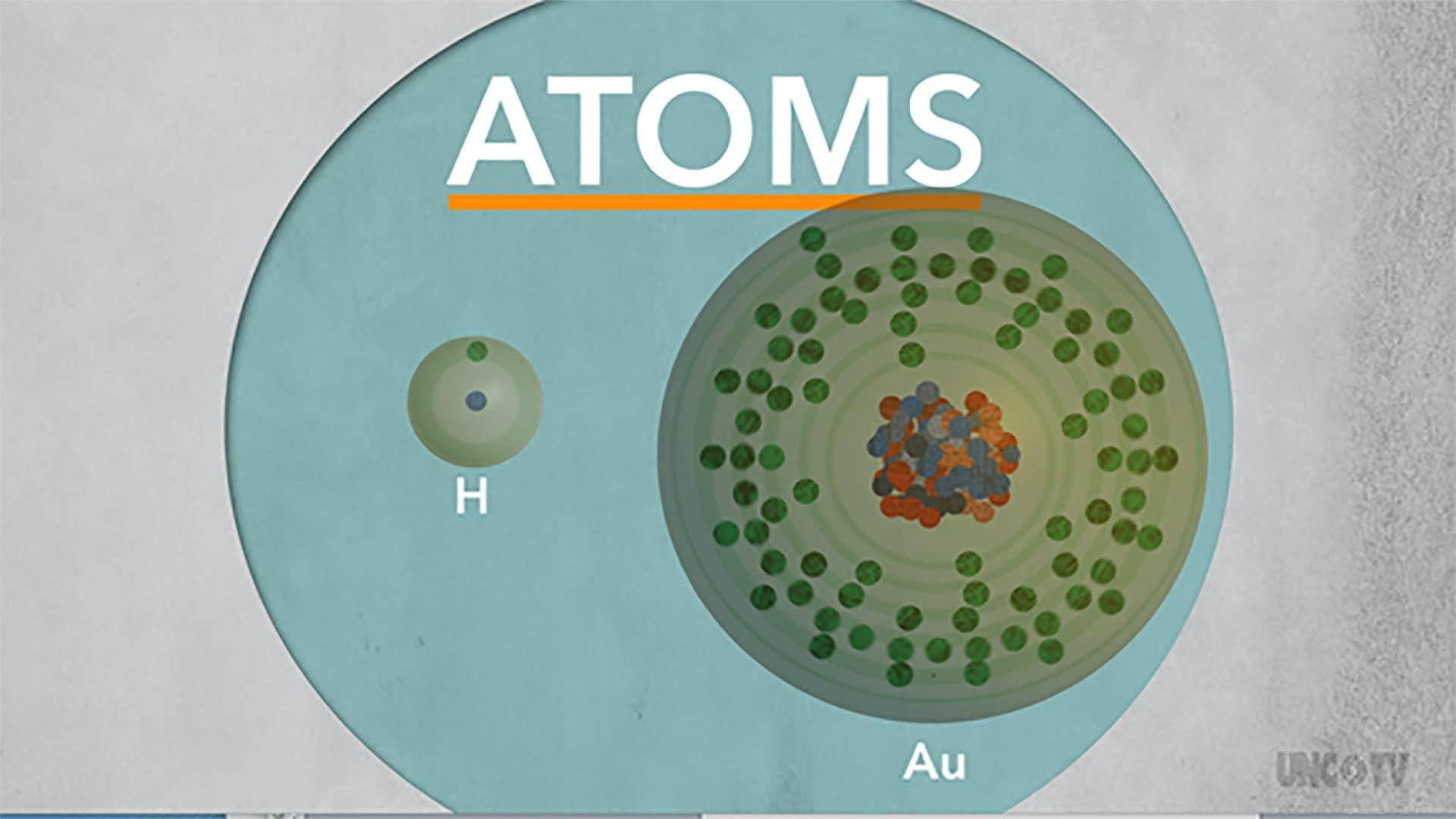
Atoms are the smallest possible type of matter. Learn more about atoms and elements with this animation.
Aligned to 6.P.2.1.
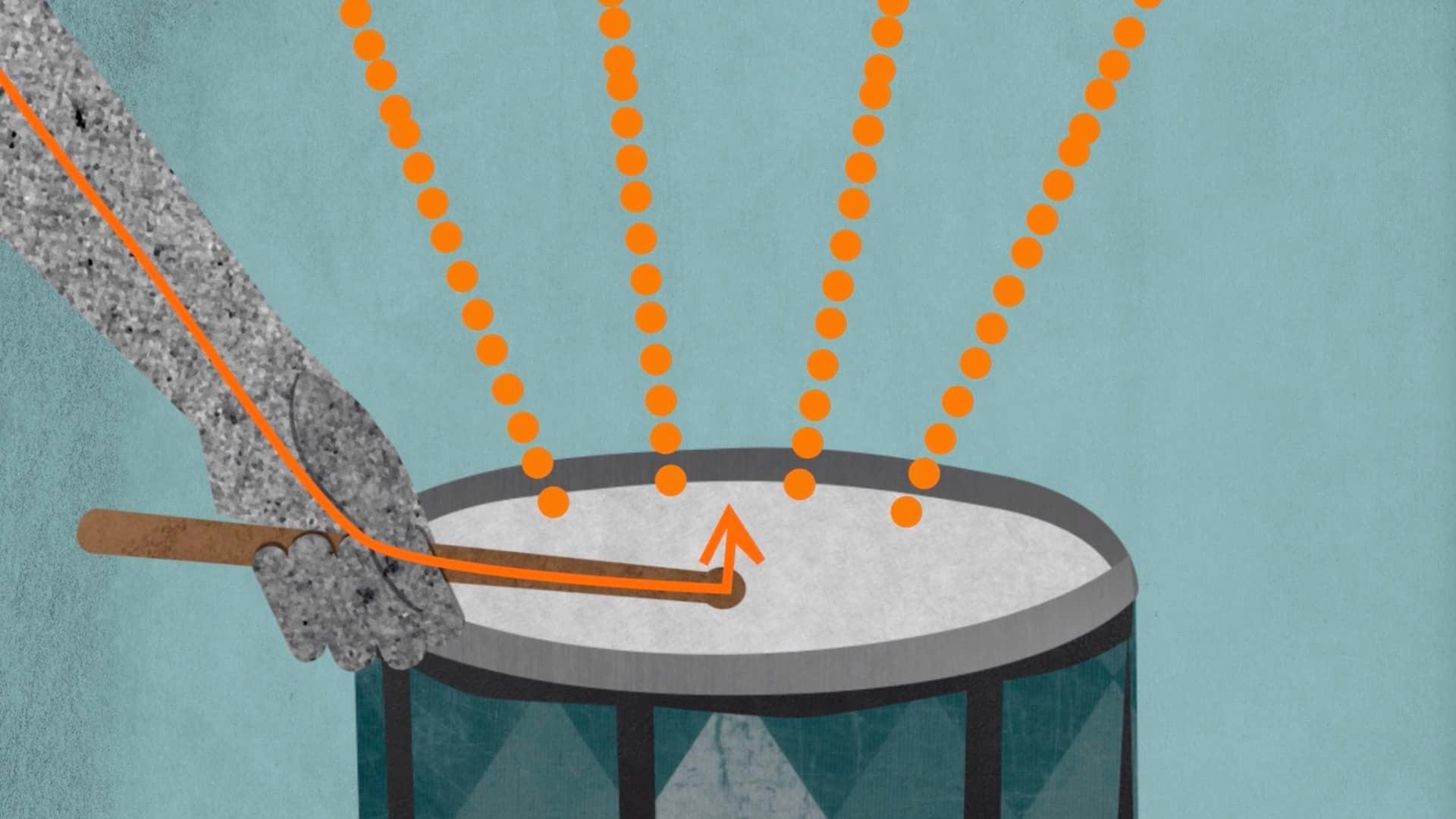
The louder a drum is hit, the farther the sound wave it causes will travel. Learn more about sound waves, volume and amplitude with this animation.
Aligned to 6.P.1.3.

early learners
Short-form STEM activities for early learners presented by North Carolina teachers.
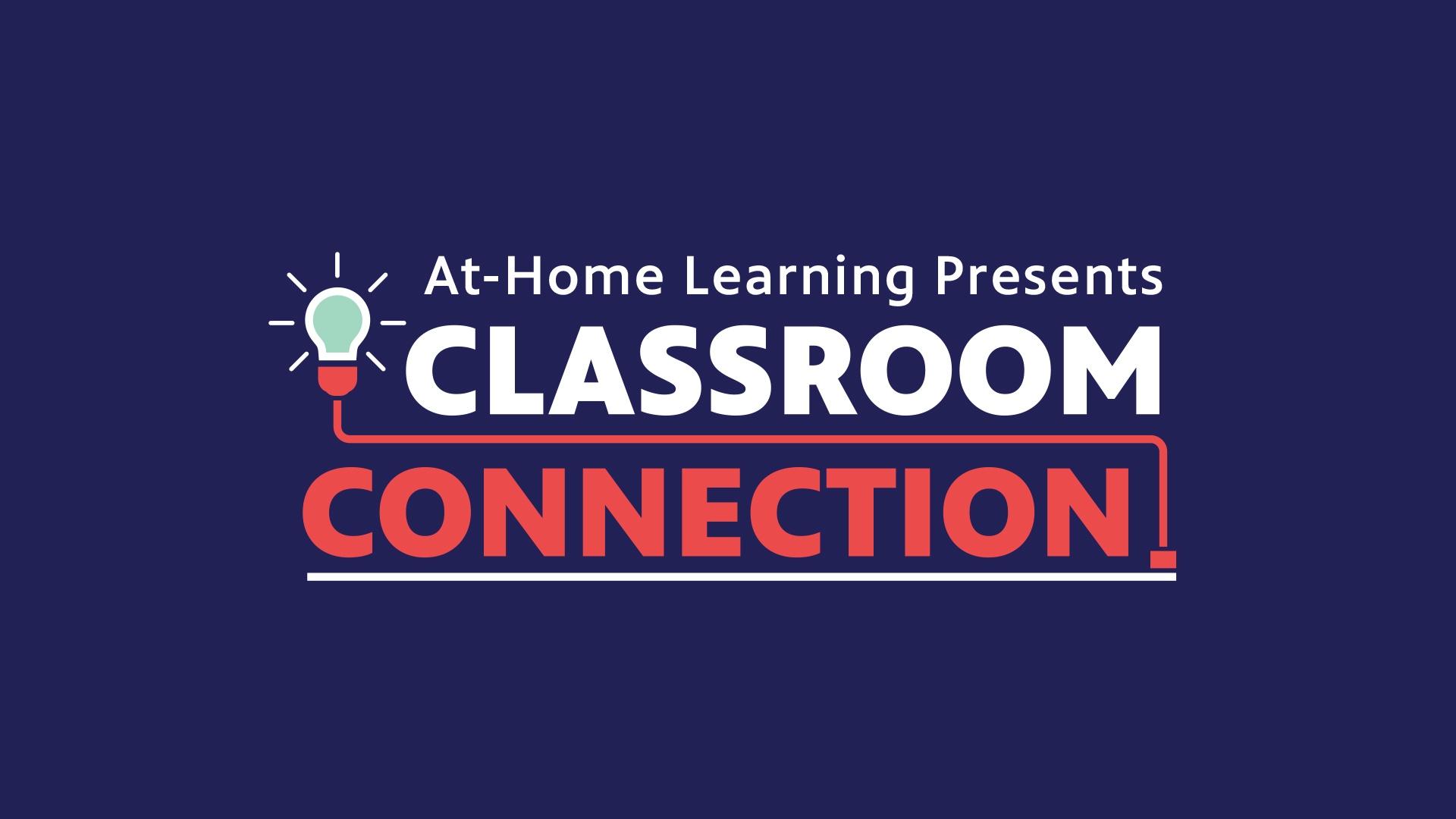
Greades Pre-k through three
Engaging math and literacy lessons developed by and featuring North Carolina teachers.
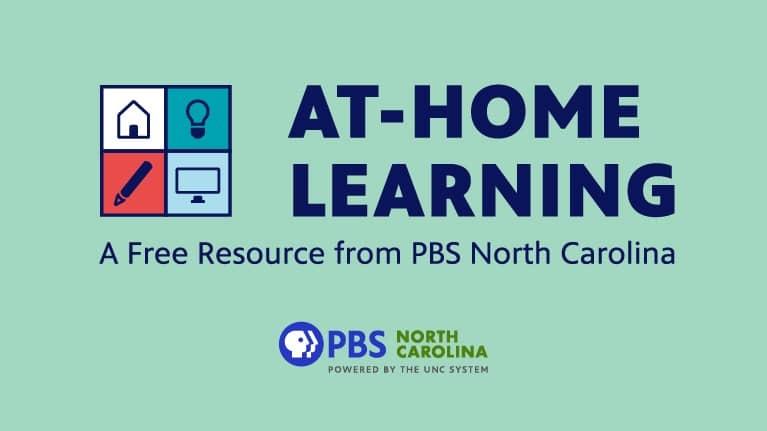
Grades Six through twelve
Each weekday, curated educational programing blocks on the North Carolina Channel will serve students in grades six through twelve.
The nationally acclaimed educational platform PBS LearningMedia is your destination for direct access to thousands of classroom-ready, curriculum-targeted digital components.
Discover standards-aligned videos, interactives, lesson plans, and more across all subjects and grades for teachers and students.
